Mobile charging connectors are a crucial component of any mobile device, as they enable the transfer of power from a power source to the device. There are many different types of mobile charging connectors available on the market, each with its own unique set of features and benefits. In this article, we will explore the different types of mobile charging connectors and their characteristics:
1. USB Type-A Connector
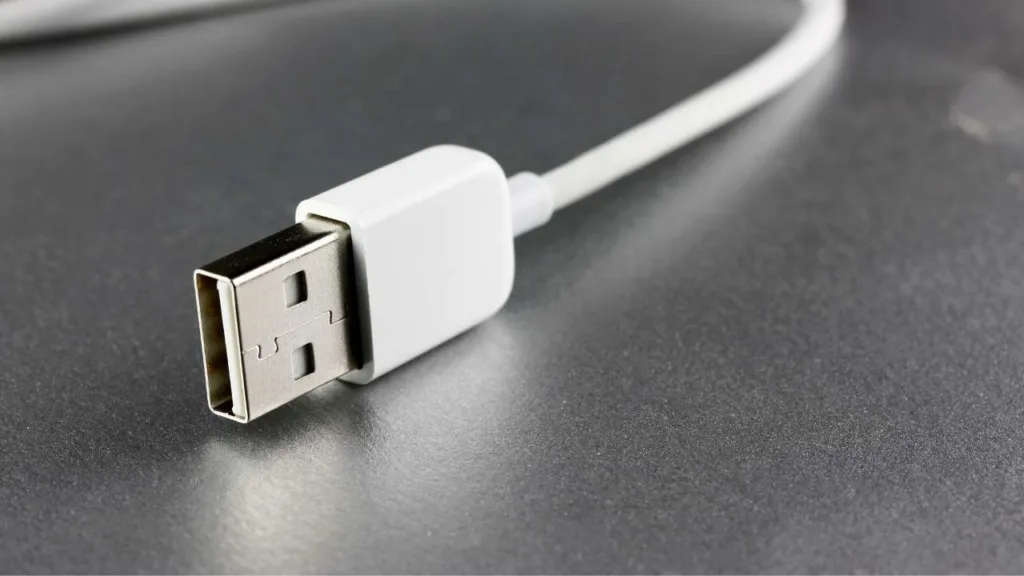
The USB Type-A connector is one of the most widely used standard connectors for mobile devices. It has been around for many years and is commonly used to connect charging cables to mobile devices such as smartphones, tablets, and laptops. The USB Type-A connector is rectangular in shape and has four contacts. It is also known as a USB 2.0 connector and is capable of delivering a maximum power output of 5V/1.5A.
2. USB Type-B Connector

The USB Type-B connector is less common than the Type-A connector and is mainly used for connecting peripheral devices to a host device such as a printer or scanner. This connector is also rectangular in shape, but it has a different configuration of contacts than the Type-A connector. The USB Type-B connector is capable of delivering a maximum power output of 5V/0.5A.
3. Micro-USB Connector
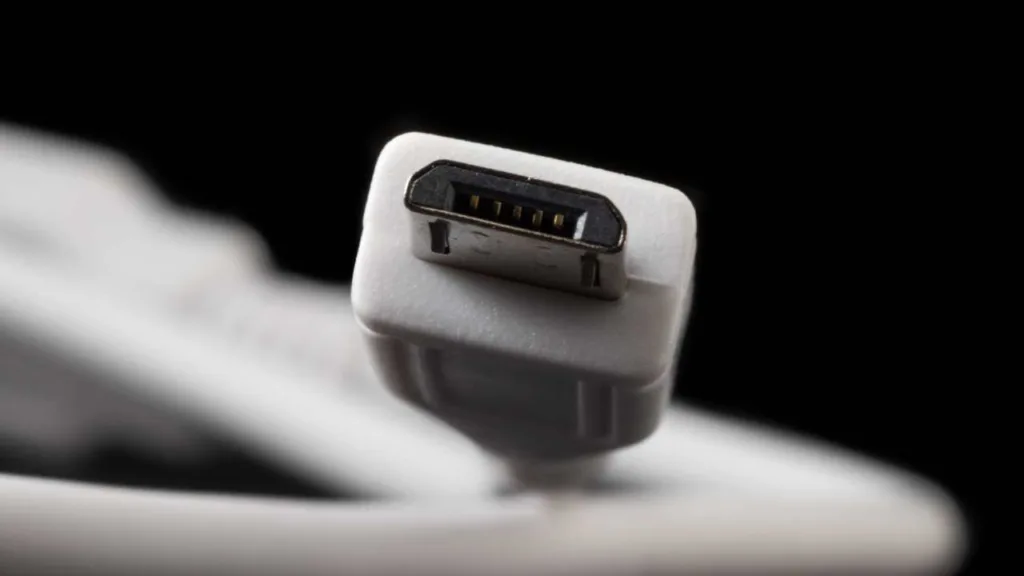
The Micro-USB connector is a small, compact connector that is commonly used for mobile devices such as smartphones and tablets. It has a trapezoidal shape with five pins and is capable of delivering a maximum power output of 5V/1.5A. The Micro-USB connector is widely used in older mobile devices, but it is being phased out in favor of newer connectors such as USB Type-C.
4. USB Type-C Connector
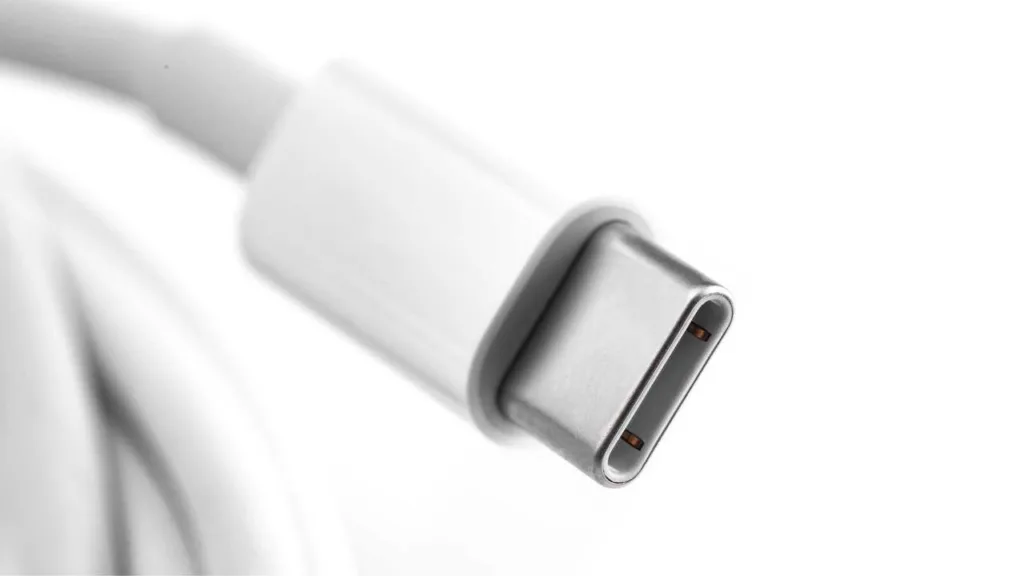
The USB Type-C connector is the newest connector for mobile devices and is rapidly gaining popularity. It is a small, reversible connector that is capable of delivering high-speed data transfer rates, fast charging speeds, and video output capabilities. The USB Type-C connector has 24 pins and is capable of delivering a maximum power output of 20V/5A.
5. Lightning Connector
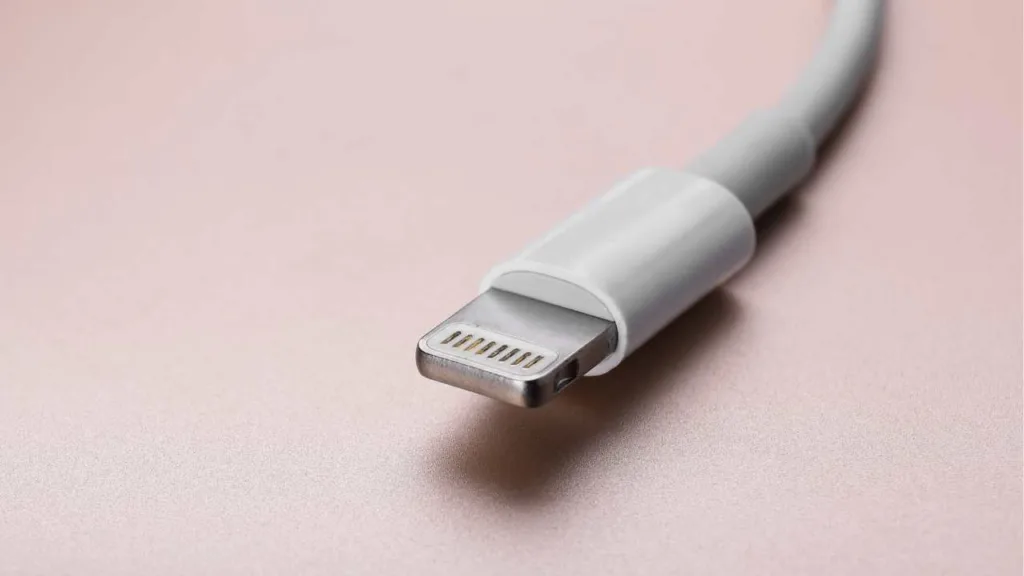
The Lightning connector is a proprietary connector developed by Apple for its mobile devices. It has a small, compact design and is capable of delivering high-speed data transfer rates and fast charging speeds. The Lightning connector has eight pins and is capable of delivering a maximum power output of 5V/2.4A.
6. Wireless Charging
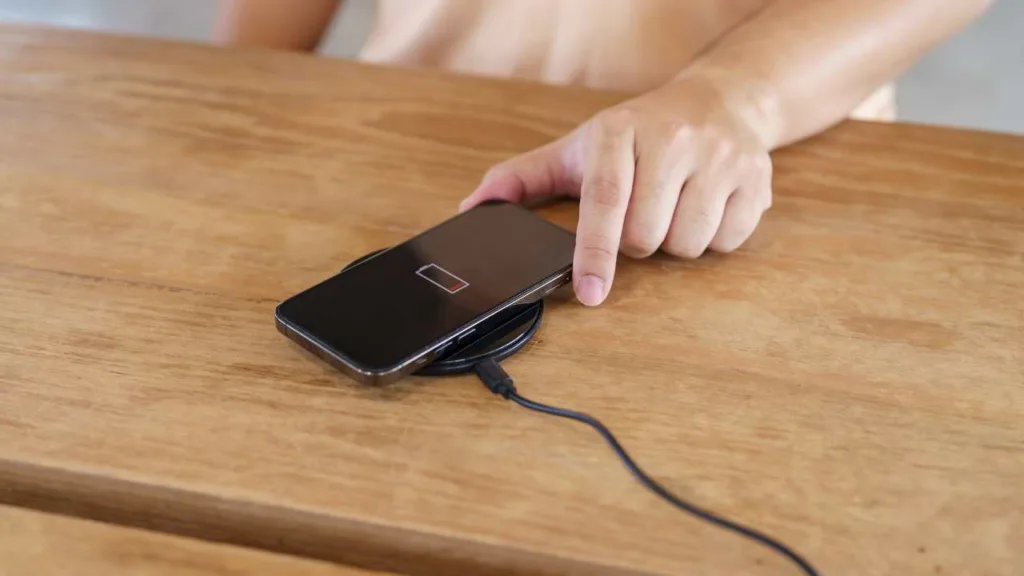
Wireless charging is a new technology that eliminates the need for charging connectors altogether. It uses an electromagnetic field to transfer energy between a charging pad and a mobile device. Wireless charging is becoming increasingly popular, and many new mobile devices now support wireless charging.
There are many other types of mobile charging connectors available on the market, some of which are less common or specific to certain devices or regions. These may include:
- Magnetic charging connectors (e.g., MagSafe for Apple devices)
- USB Mini-A and Mini-B connectors
- USB Micro-B connectors (older version of Micro-USB)
- USB 3.0 Type-A and Type-B connectors
- USB 3.1 Type-C Gen 1 and Gen 2 connectors
- DC barrel connectors (commonly used for laptops)
- Proprietary connectors specific to certain brands or devices (e.g., Samsung 30-pin connector)
It is important to check the compatibility of these less common charging connectors with your device before purchasing.
In conclusion, the types of mobile charging connectors available on the market are diverse, with different shapes, sizes, and capabilities. When selecting a charging connector for your mobile device, it is essential to consider the compatibility of the connector with your device, its charging speed, and its ability to transfer data. With so many different charging connectors available, choosing the right one for your mobile device is critical to ensure fast and efficient charging. Whether you opt for the traditional USB Type-A or USB Type-B, the versatile USB Type-C, the proprietary Lightning connector, or the convenience of wireless charging, there is a mobile charging connector that will meet your needs.